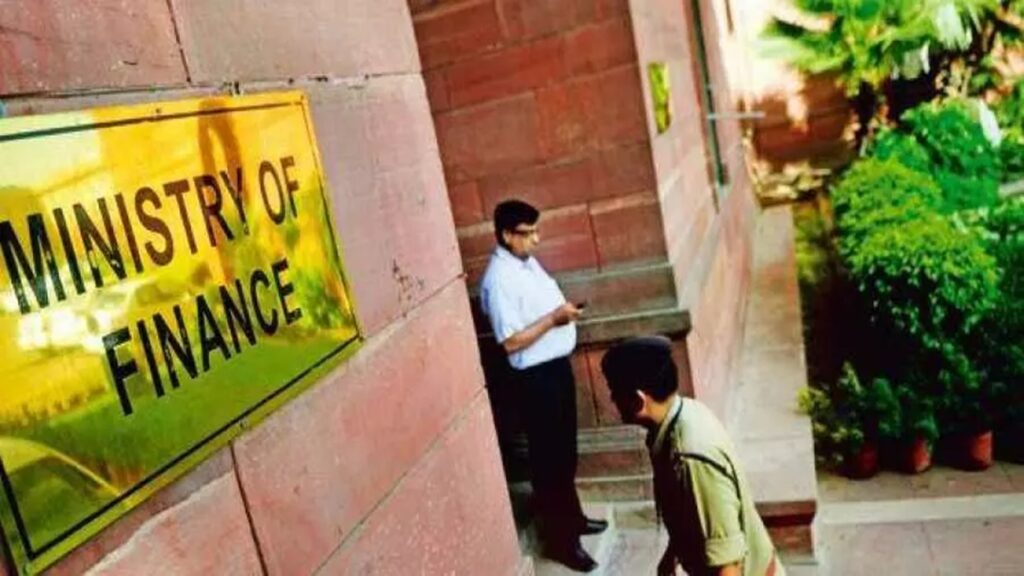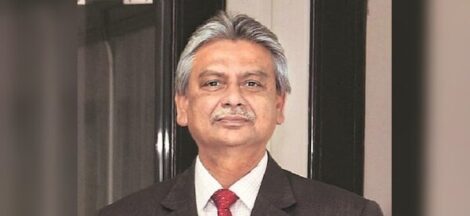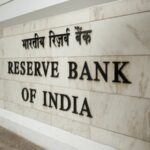NEW DELHI: The finance ministry on Wednesday said the Reserve Bank of India’s monetary policy stance and macro-prudential measures may have contributed to the demand slowdown in the economy.
However, the possibility that structural factors may also have contributed to the slowdown in H1 should not be ruled out, the ministry said in the monthly economic review for November.
It is “good news” that the RBI lowered the cash reserve ratio (CRR) from 4.5% to 4% in its policy meeting in December 2024, the ministry said, adding that it should help boost credit growth, which has slowed a little too much and quickly in FY25.
The ministry now expects India’s real GDP to grow around 6.5% in the current financial year, in the backdrop of improving demand conditions, industrial activity gaining traction, and expected increase in public capex. In the Economic Survey 2023-24, the rate of GDP expansion for the current year was pegged at 6.5-7%. The RBI recently lowered the GDP growth projection for the current year from 7.2% to 6.6%.
The ministry said that there are good reasons to believe that “the outlook for growth in H2FY25 is better than what we have seen in H1.”
The RBI’s Monetary Policy Committee (MPC) in December voted to keep the repo rate unchanged, at 6.5%, for the 11-straight time, despite the economy facing a slowdown. In Q2FY25, real GDP’s growth slowed to a seven quarter low of 5.4%, as against 8.1% growth in Q2FY4.
Many analysts, including within the government, have called for a rate cut to boost economic activity. In November, commerce and industry minister Piyush Goyal had said: “RBI must cut interest rates. It’s a flawed theory to consider food inflation for making a choice on cutting rates.”
The ministry also said that “hiring and compensation practices” in the corporate sector have also played their part in slowing urban consumption growth, in the current financial year.
Looking into FY26, “newer uncertainties” have emerged, said the report. “Global trade growth is looking more uncertain than before. Elevated stock markets continue to pose a big risk. The strength of the US dollar and a rethink on the path of policy rates in the United States have put emerging market currencies under pressure,” it said.
In turn, that will make monetary policymakers in these countries think more deeply about the path of policy rates. “Recent exchange rate movements may have lowered their degrees of freedom. In sum, sustaining growth will require a deeper commitment from all economic stakeholders to growth,” it said.
Meanwhile, the report said the outlook for Q3FY25 “appears bright”, as reflected in the performance of high-frequency indicators (HFIs) for October and November 2024.
An increase in minimum support price (MSP) for Rabi crops, high reservoir level and adequate fertiliser availability bodes well for rabi sowing. Industrial activity is likely to gain traction, said the report.
The October and November 2024 PMI remained firmly in the expansionary range, supported by new business growth, strong demand, and advertising efforts. The conclusion of the monsoon season and the expected increase in public capex will likely support the cement, iron, steel, and electricity sectors, it said. “The services sector continues to perform well, with PMI services being in an expansionary zone in October and November 2024.”
On the demand side, rural demand remains resilient, as urban demand is picking up–with passenger vehicle sales registering YoY growth of 13.4% in October-November 2024, and domestic air passenger traffic witnessing robust growth, the report said.
On the inflation front, the farm sector outlook is optimistic, generating hopes that food price pressures will decline gradually, the report added. “Inflationary pressures softened in November 2024, driven by lower food and core inflation,” it said.
Regarding capital flows, foreign portfolio investment (FPI) flows showed mixed trends in November 2024, witnessing capital outflow in the first half and inflows in the second half. “The positive trend has continued in the first half of December 2024, driven by the expectation of a cut in the US policy rate and increased uncertainty in the Chinese capital markets after the US election results,” said the report.
Gross Foreign Direct Investment (FDI) inflows revived in FY25. FDI inflows into India have surpassed the $1-trillion mark from April 2000 to September 2024, solidifying the country’s position as a safe and significant global investment destination, the report highlighted.
Supported by stable capital inflows, India added $6.4 billion of foreign exchange reserves during FY25, as of 13 December 2024. “The reserves are sufficient to cover more than 11 months of imports and about 96% of external debt outstanding at the end of June 2024,” the report said.
Source: The Financial Express




 NBFCs Need To Further Diversify Funding Sources To Mitigate Risk: RBI
NBFCs Need To Further Diversify Funding Sources To Mitigate Risk: RBI 